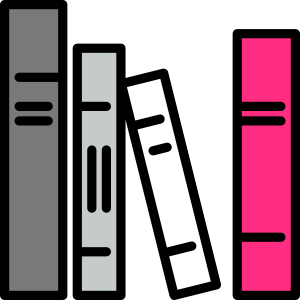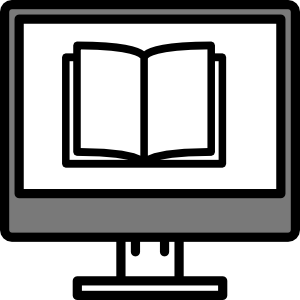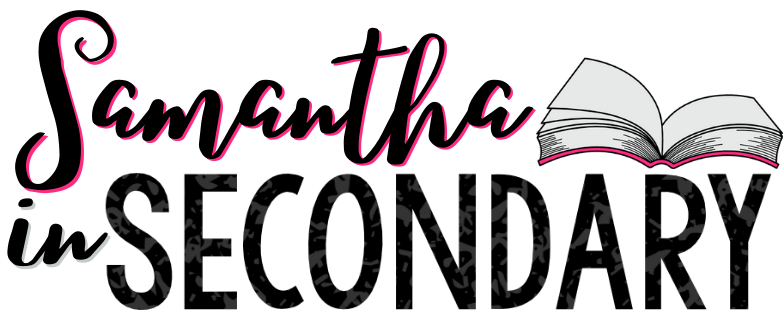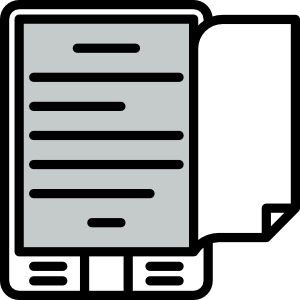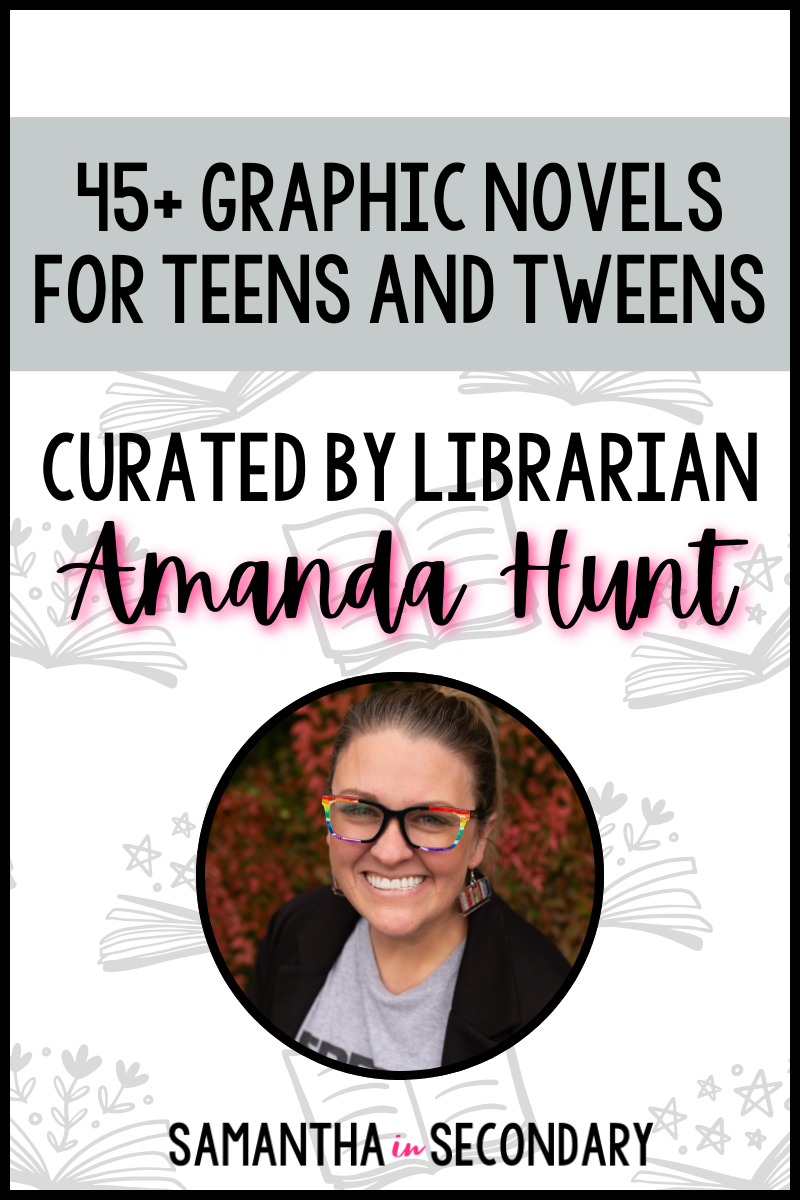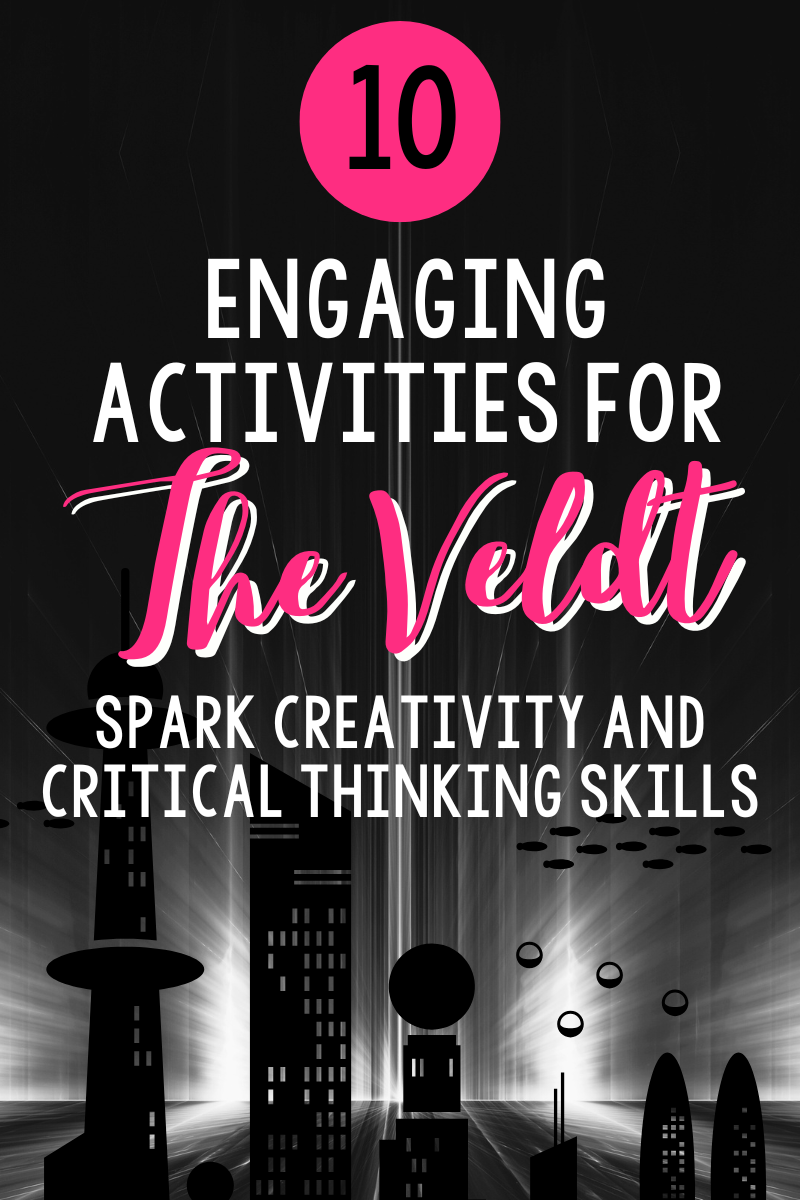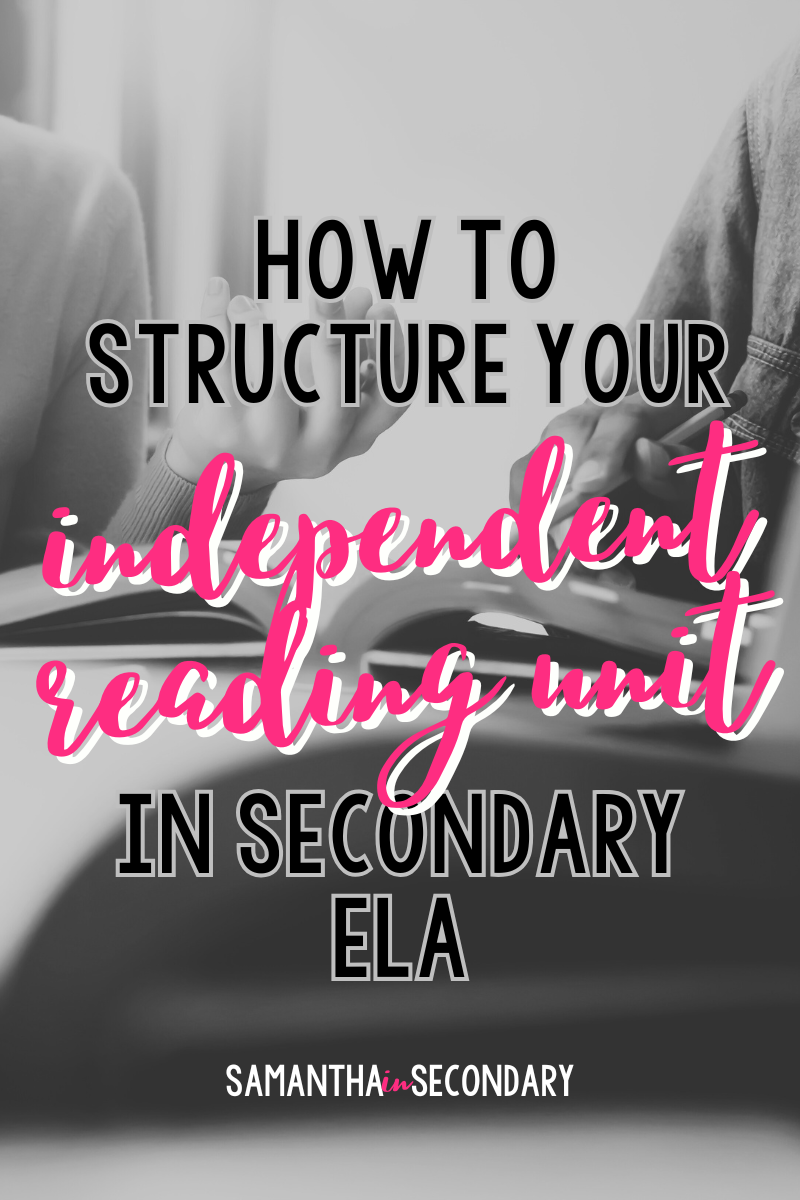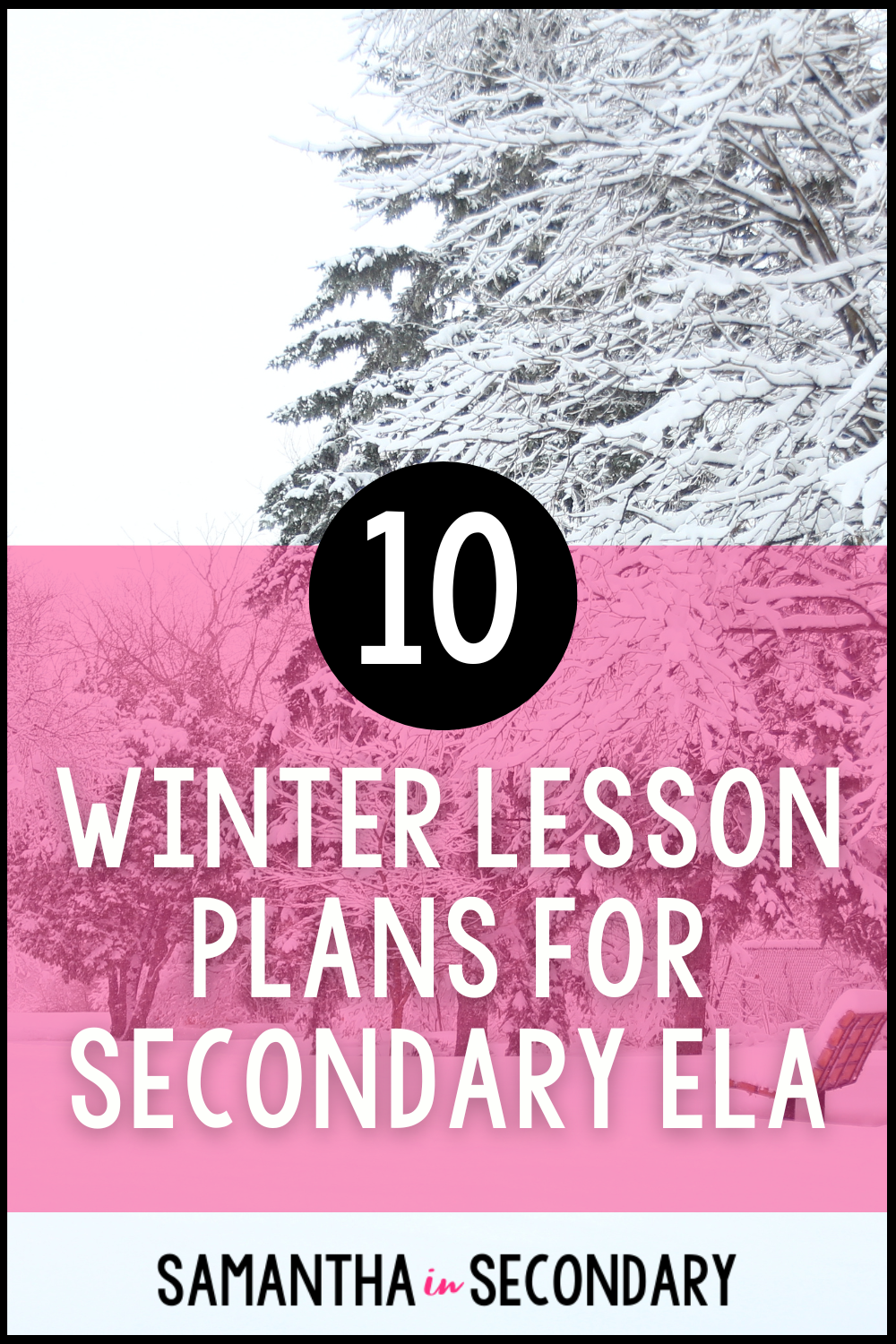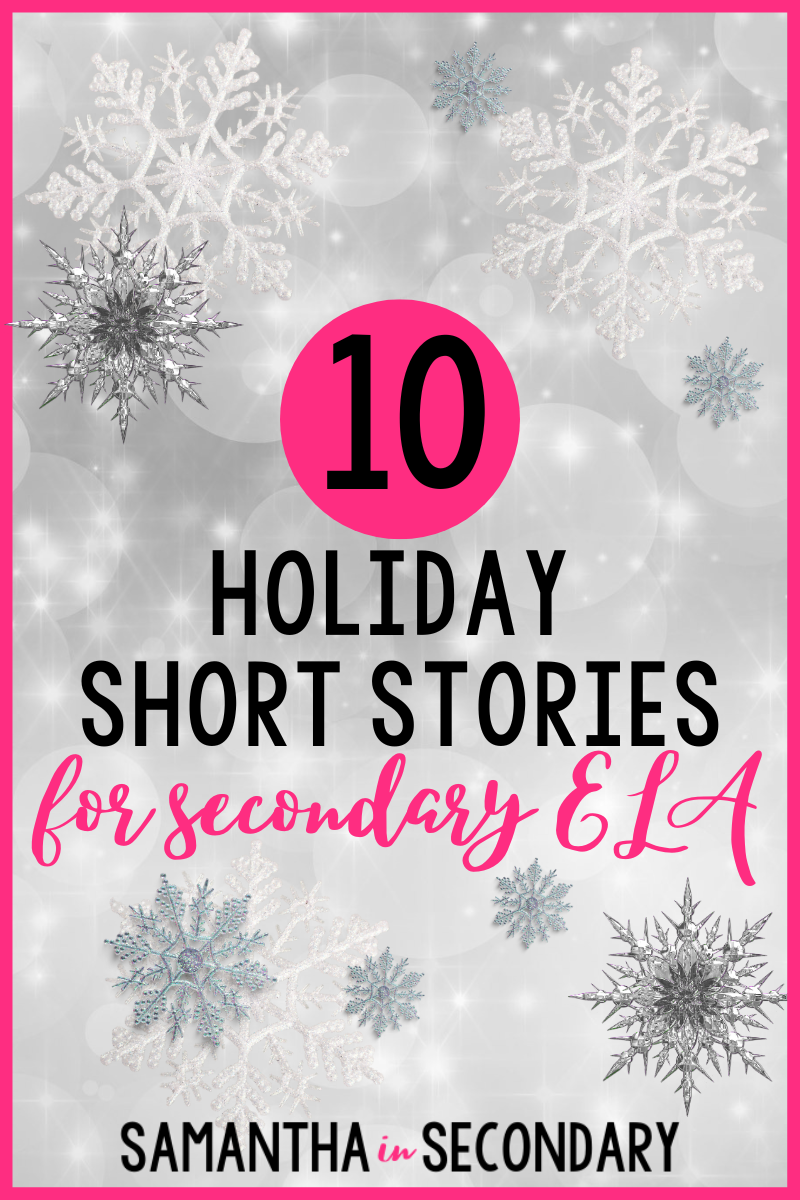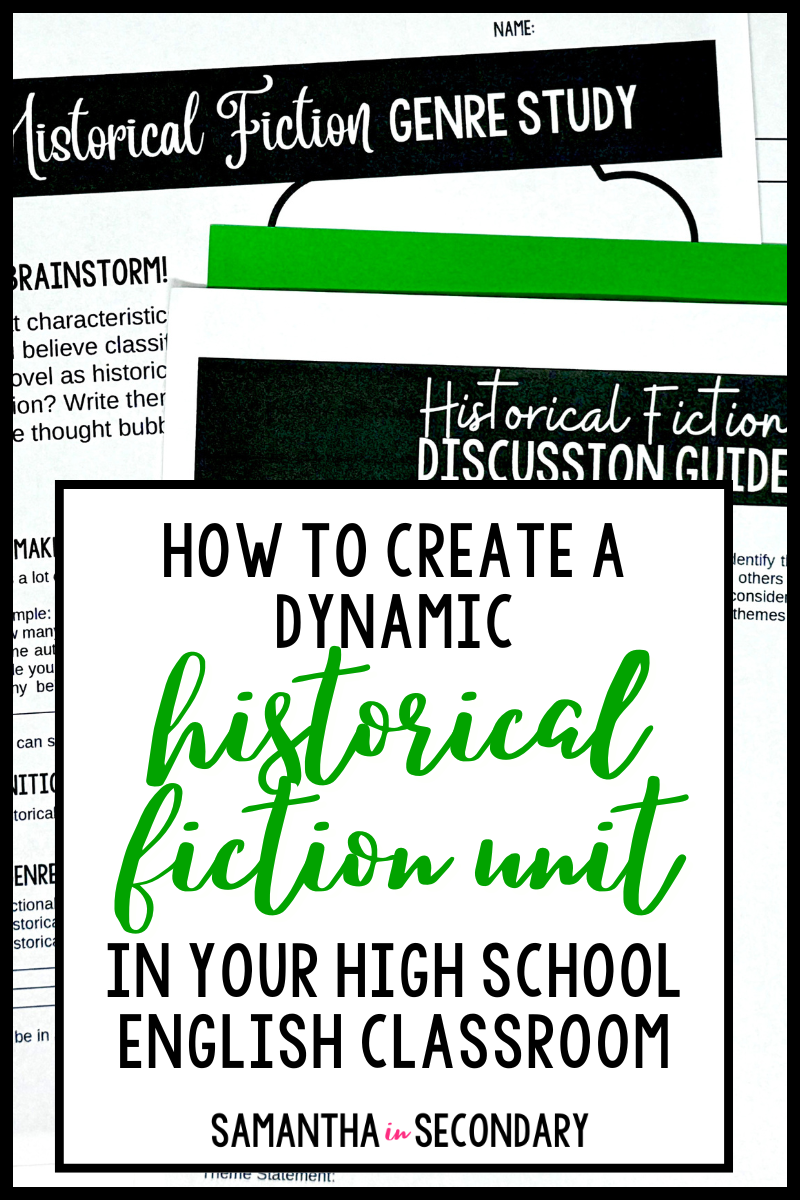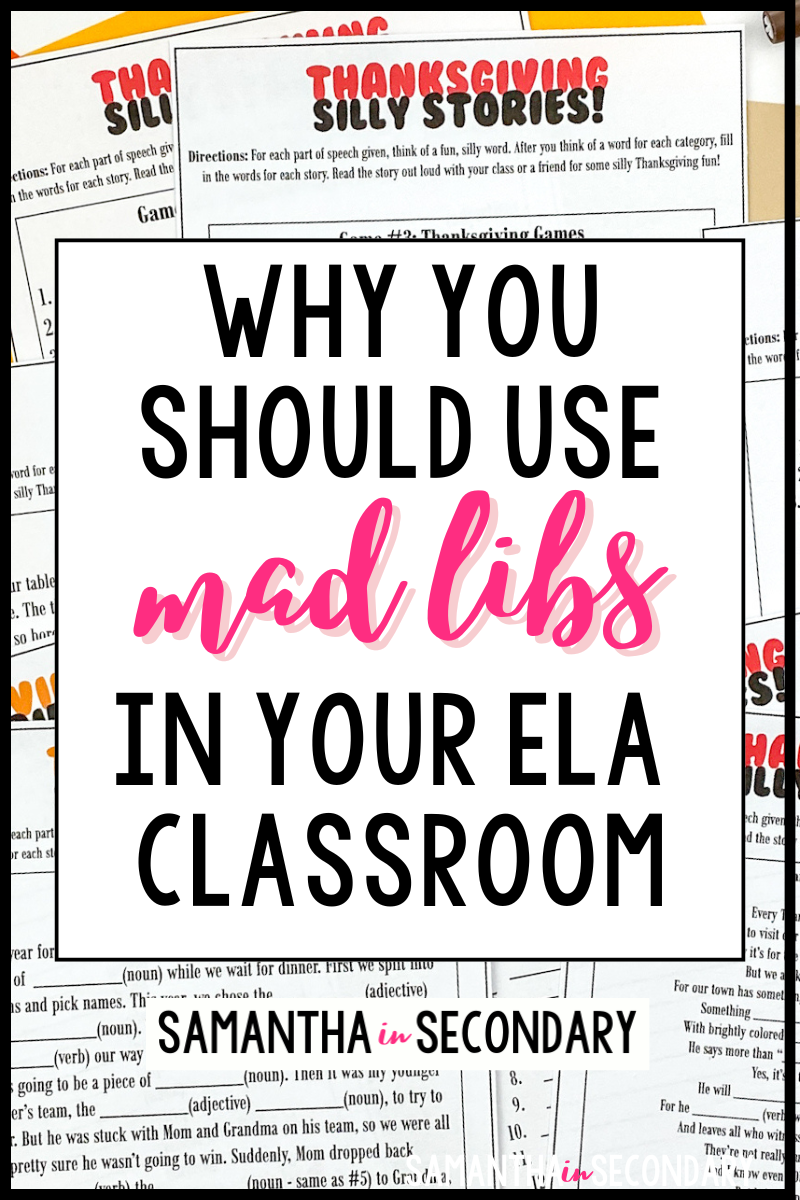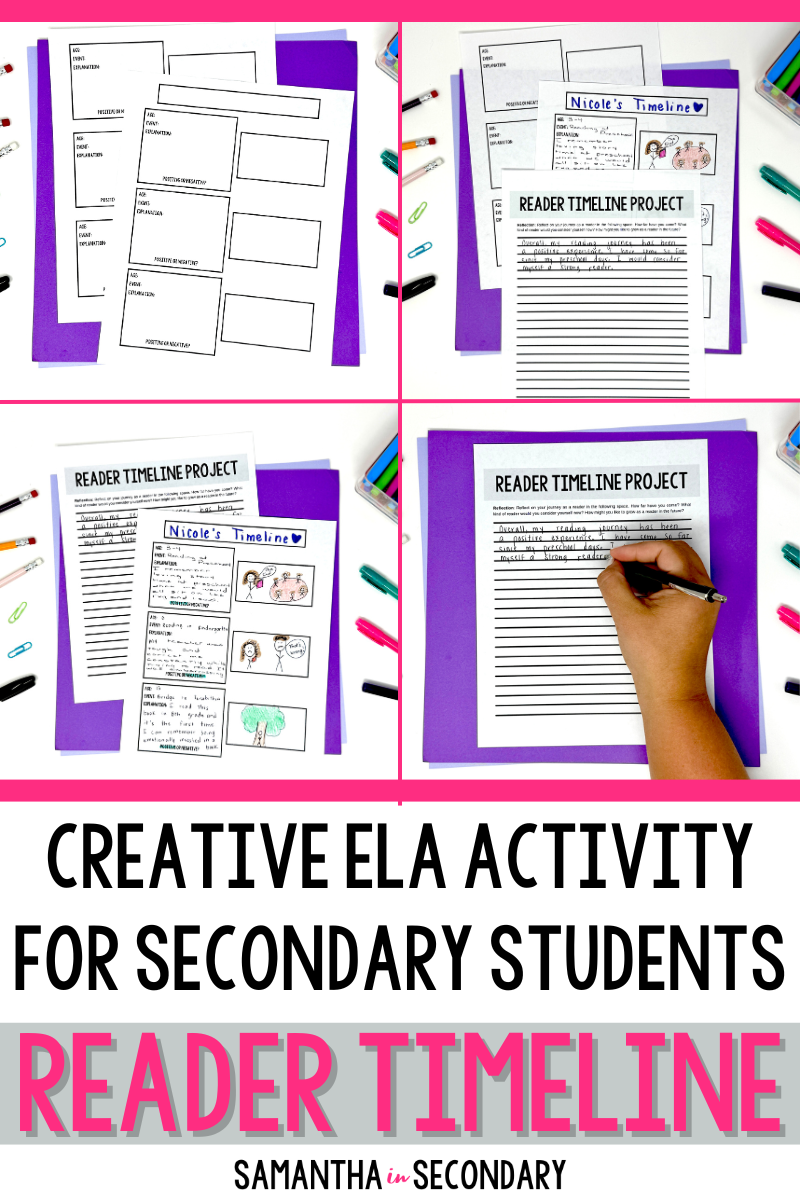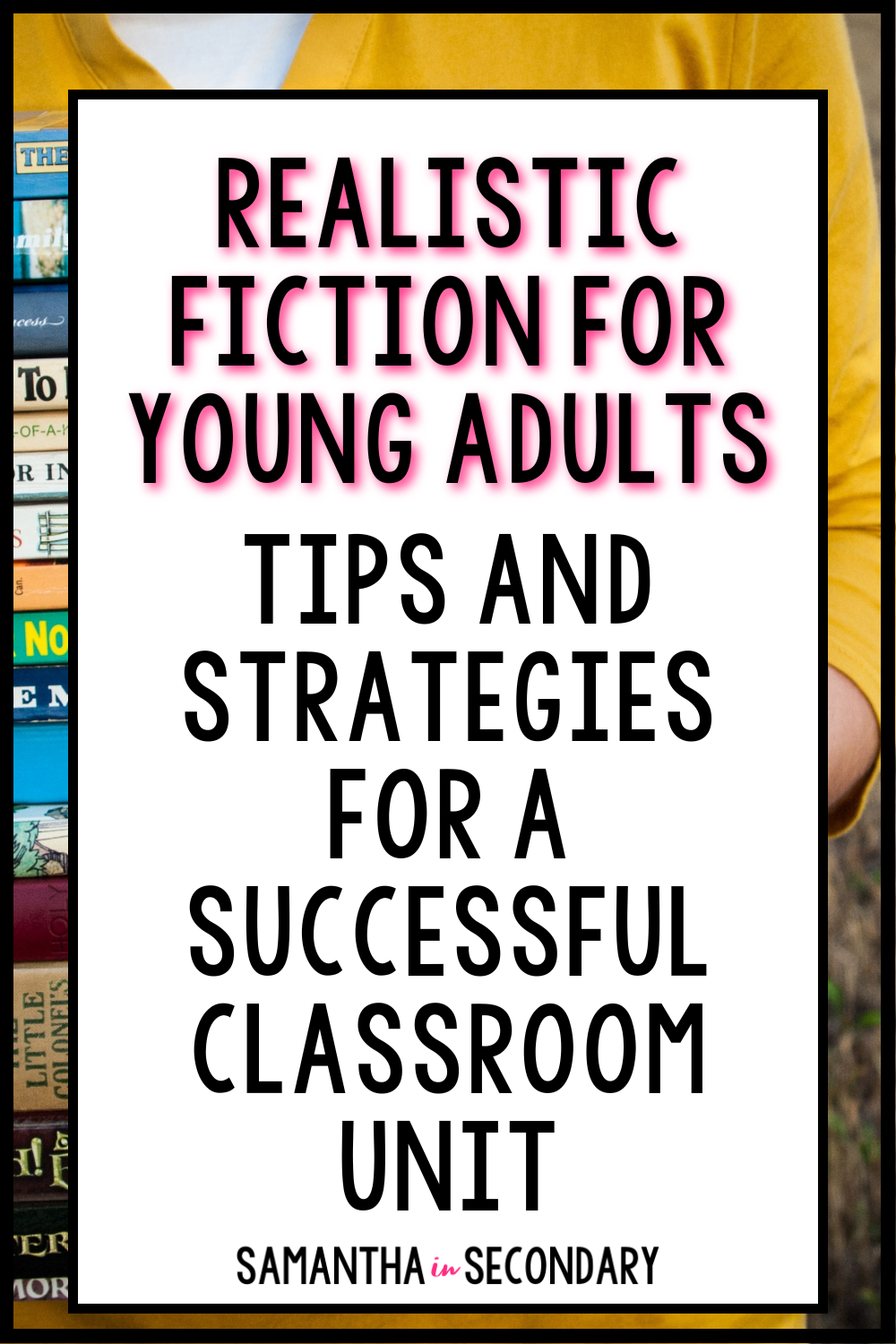
Realistic Fiction for Young Adults: Tips and Strategies for a Successful Classroom Unit
Running a realistic fiction for young adults unit for secondary students can be both rewarding and impactful, as this genre allows students to explore stories and characters that feel authentic and relatable to their lives. Before diving into the specifics, it’s worth noting that the terms “realistic fiction” and “contemporary” are often used interchangeably. While “realistic fiction” is more commonly used in elementary and middle schools, the publishing industry typically refers to this genre as “contemporary.” To help students align with what they’ll encounter in the real world, I use the term “contemporary” throughout the unit. However, I’ll use both terms here to ensure clarity for teachers searching for ideas. In this unit, students will engage with contemporary literature in
